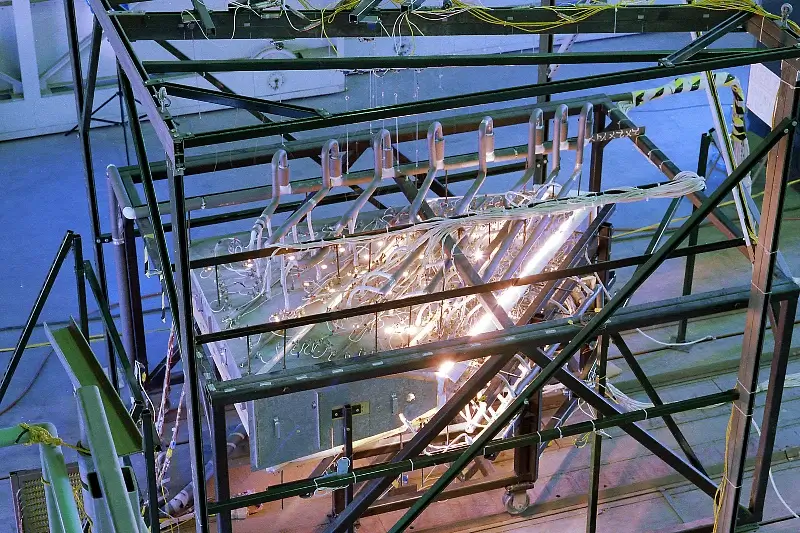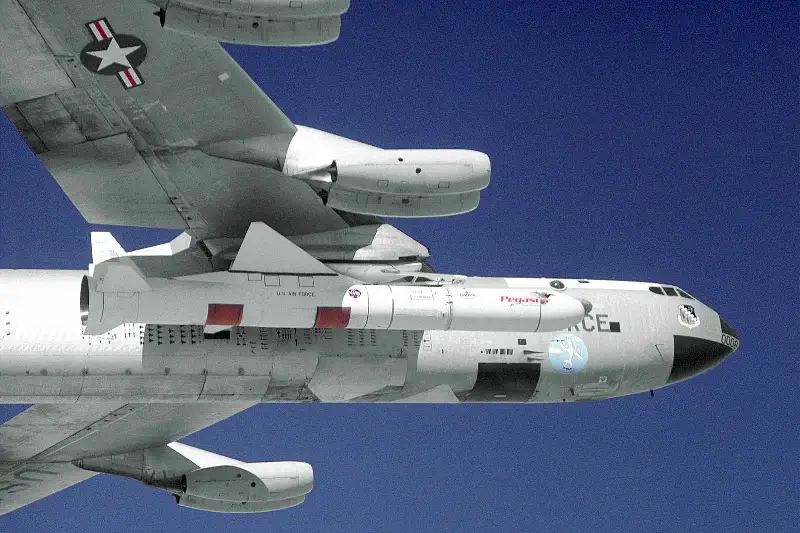Engaging young minds is crucial for the future of technology and national security. The Department of Defense (DOD) launched the Hypersonics Horizons High Speed Video Challenge on October 18, 2024.
This initiative invites high school and college students across the United States to create innovative videos exploring hypersonic technology, aiming to inspire careers in this vital field.
Hands-On Learning Opportunities
The Hypersonics Horizons challenge, part of the DOD’s broader efforts to build a skilled workforce, provides a unique opportunity for students to delve into the complexities of hypersonic engineering.
Aprille Ericsson, Assistant Secretary of Defense for Science and Technology, emphasized,
“This initiative is vital to investing in the workforce of tomorrow.”
The challenge encourages participants to tackle real-world engineering problems in a creative, competitive environment.

Challenge Breakdown
Students are divided into two groups based on their educational level, with each group facing a distinct set of challenges:
- High School Students: Teams of up to three must produce a 3-5 minute video exploring the difficulties a spacecraft might encounter on a celestial body like Venus or Pluto. They must propose solutions for overcoming these challenges, such as extreme temperatures or atmospheric conditions.
- Undergraduate Students: College teams need to design a plane-like spacecraft capable of launching, reaching hypersonic speeds, and safely landing on Mars. Their videos should also address the obstacles astronauts might face during the mission, such as radiation or harsh terrain.
Student Group |
Task |
Celestial Focus |
|---|---|---|
| High School | Video on spacecraft challenges and solutions for specific planets or moons | Mercury, Venus, Titan |
| Undergraduate | Video on hypersonic spacecraft design for Mars, addressing landing and environmental issues | Mars |
Why Hypersonics?
Hypersonics, referring to speeds exceeding five times the speed of sound, is a cutting-edge field that holds significant potential for both defense and commercial sectors.
With rapid advancements, the DOD aims to foster a workforce proficient in these technologies to maintain and expand America’s leadership in defense innovation.
Mark A. Glenn, Director of the Joint Hypersonics Transition Office, explained that the challenge allows students to explore multiple disciplines beyond just physics and engineering.
“Students can integrate knowledge from various fields,”
Glenn said, highlighting the multidisciplinary nature of hypersonic engineering.
Building Skills and Networks
By participating in the challenge, students:
- Gain exposure to hypersonic technology fundamentals,
- Network with experts in the defense and engineering sectors.
Lori Michelle Stiglitz, JHTO Workforce Development Lead, shared that past challenges have had transformative effects.
“Last year’s winner, who initially knew nothing about hypersonics, is now sharing his insights with his entire high school.”
The challenge not only educates students but also spreads awareness of hypersonics, even among educators who may not be familiar with the field.

Future Opportunities and Impact
The DOD’s long-term goal is to create pathways for students interested in defense and technology careers, ensuring a pipeline of skilled engineers who will protect national security and drive technological innovation.
DOD hypersonics experts will evaluate the challenge, with results expected in February 2025, guiding future innovation initiatives.
Wrapping Up
The Hypersonics Horizons challenge marks a critical investment in America’s future. As students engage, they’ll apply skills, discover passions, and contribute to national security.
Ultimately, this initiative shapes the next generation of innovators, bridging technology and patriotism.
Sources: THX News & US Department of Defense.






